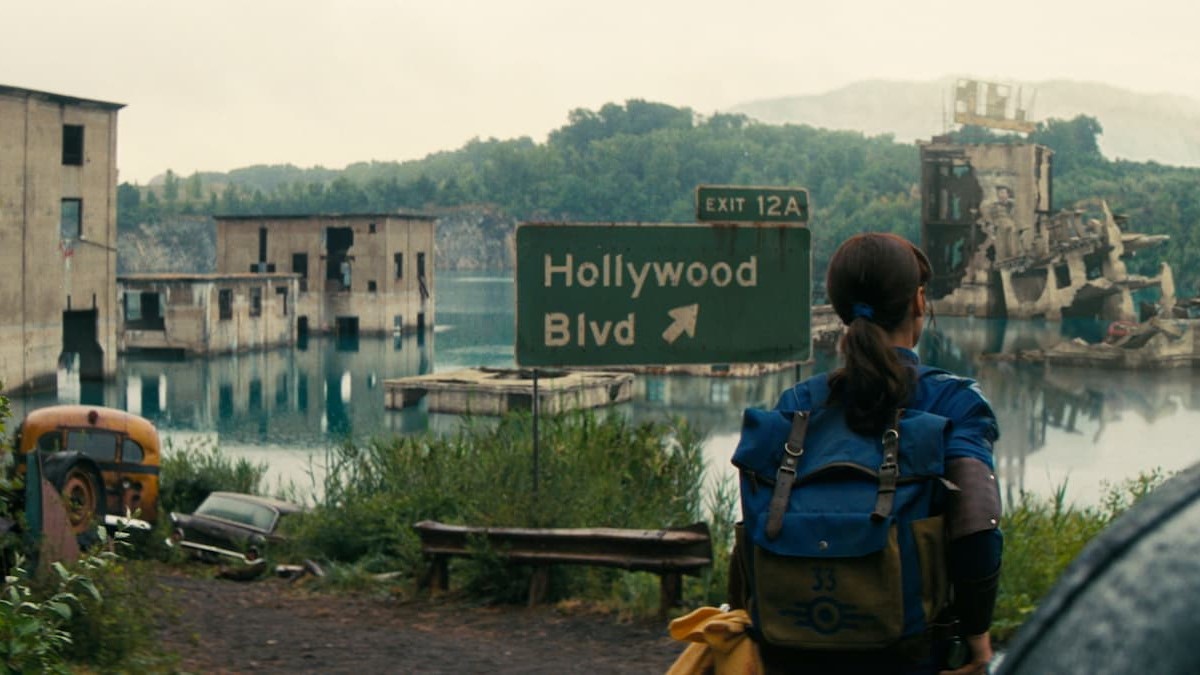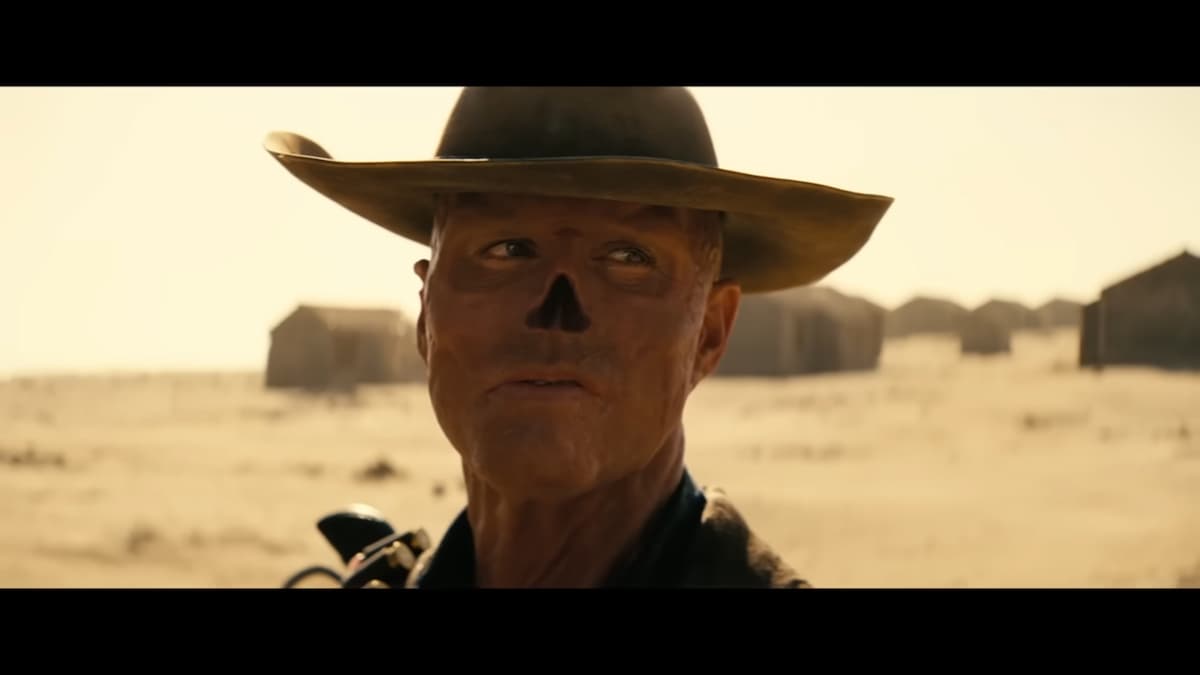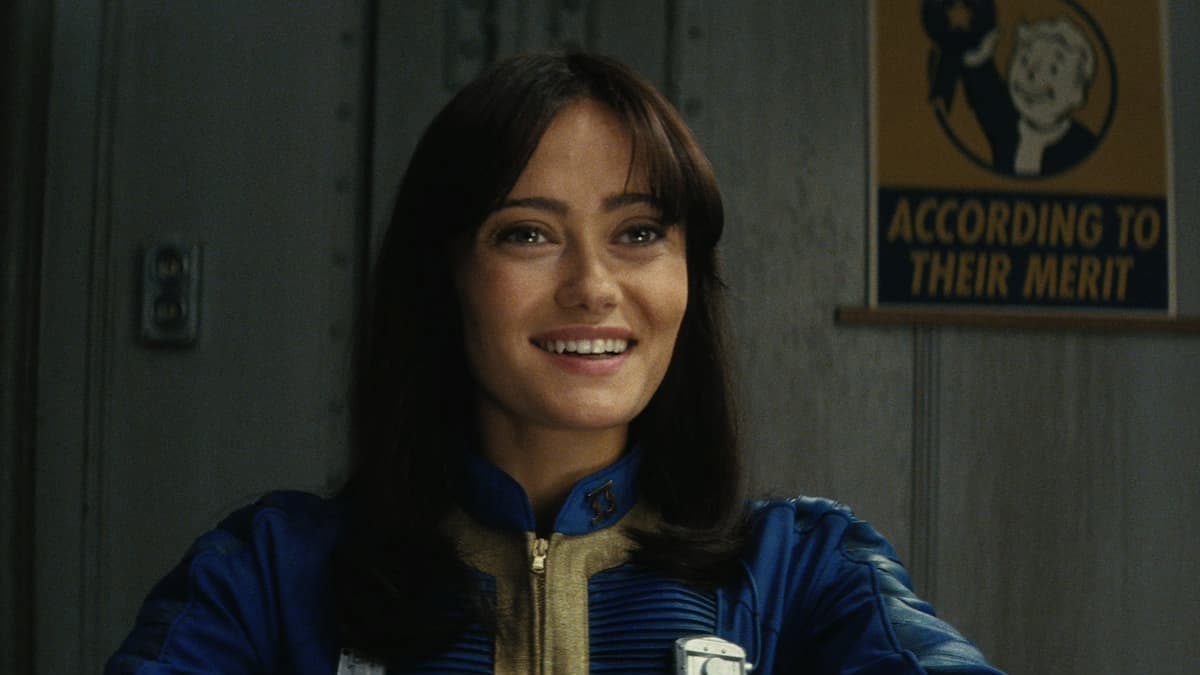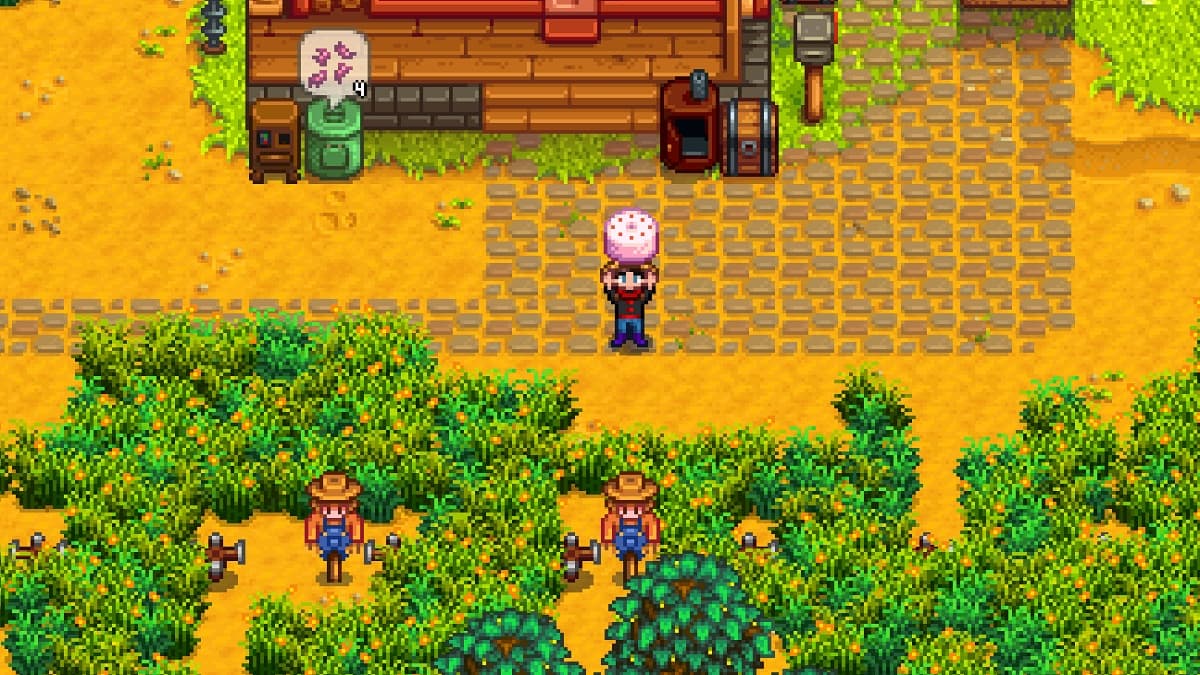In a recent response to one of my articles, the question came up about how to increase the challenge in games. While the examples given were a little sarcastic, the question is still an absolutely valid subject for discussion. So, with that in mind, I am going to give it a shot. Please bear in mind that nothing suggested here, to my knowledge, has been tested in a real game environment, though it would be in an interesting experiment. This is a long post, so, I am going to include a quick brief for the TLDR’s out there.
In order to bring back/increase challenge in games, there must be hard limits in terms of relative strength. There must be decay and degradation built into the system for all elements within the system for the player to continuously strive against. The challenges must encompass a wide range of areas, such as logic, logistics, resource management, etc. These elements must be layered so that the player is always striving against more than one. These elements must interact with each other to produce varying effects that require different tactics to combat them. Failure MUST have consequences that are severe enough to make you care about failing.
Defining the Problem
One of the core problems with creating a challenge is defining what challenge means in the first place. We run up against two main hurdles; the textbook definition and the social expectation.
Out of a long list, I think the best textbook definition with points that we can work with is: “A test of one’s abilities or resources in a demanding but stimulating undertaking”. Some key points:
- It is a test
- Can be against abilities or resources
- Must be demanding
- Must be stimulating
The social expectation is much harder to define. Society creates many artificial constructs such as grades, levels, positions, etc, that are supposed to be some measure of how many challenges you have overcome. The problem is that they do not, and can not, address the nature of challenges themselves, because no two people are identical or will find identical things challenging in the same way. The other fallacy of the social expectation is that once you surmount a challenge, it will never be challenging again. This is something that is painfully evident in the concept of levels in a game, particularly in RPG’s where your character’s ‘stats’ increase dramatically as you ‘progress’ through these artificial constructs.
Contrasting the Challenges of Games and Life
Despite common beliefs, real life and history has a dramatic influence on artistic and mechanical mediums of all sorts, and games are no exception. For this reason, I constantly refer back to the real world for solutions to game design. There are things that can be learned and applied in order to maker our games better, most notably the concept that everything must ‘fit’ within the established framework. So let’s compare and contrast:
Life:
- Contains hardwired finite limitations which nothing can exceed
- Challenges are both natural and created(Survival vs. climbing Mt. Everest)
- Multiple facets work together to create a challenge(Physical, mental, social, etc)
- Learning is an integral part of the challenge.
- There is ALWAYS an equal and opposite reaction. Improvement in one area sacrifices improvement in some, and diminishes capabilities in others.
- Aside from death, there is no ‘End Game’
Games:
- Contains finite limitations which can, and are, adjusted as new content is released.
- Challenges are both natural and created(limitations of the individual vs. game implemented quests/fights/limitations)
- Multiple facets work together to create a challenge(Physical, mental, social, etc)
- Learning is an integral part of the challenge.
- With some notable exceptions there is generally no equal or opposite reaction to events. Progress in unidirectional on all fronts.
- When the progression runs out, there are place holder (‘End Game’) events.
In these lists, I highlighted two very key differences that give us insight on how to improve the challenges in games. In particular, the variable nature of the ‘End Game’ is of interest because it ties back directly to the very first element, which deals with hard caps.
As I discussed in my article about the Arms Race, the typical strategy of developers is to produce content with finite limitations then, later on, release expansions that raise these finite limitations. The implications of that are covered in depth in that article, so I will not detail them here, but the short version is that doing this renders the majority of the game obsolete.
Finite Limitations
Rule #1: There must be finite limitations. There must be finite resources, whether in terms of raw power, material resources, currency, or any other available in game resource.
When we discuss the ‘framework’ of a game, we are not just talking about the raw number crunching, although that is a fairly significant point. We are also talking about the conventions, technology levels, language, belief systems, and everything else. Basically, the framework is the underlying architecture of the game world in its entirety. When we get down to talking about challenge though, it is often more a numbers game than anything else. How far/fast can you run, swim, jump, drive, fly, etc. How many hits you can take without dying or losing consciousness. What is the maximum potential damage of a sword or bullet to flesh. How much damage can a suit of armor take? Does the type of force used and the manner/tool that applies it matter?
Most of these things are governed by physics. Despite how far we have come in computational modelling, there are some pretty hard limits to how much of this type of reality we can inject into a game. So, we simplify the model, reduce it to a set number of points so that the computers can crunch away happily and you can enjoy lag free games. Some games, like Dwarf Fortress, attempt to model much, MUCH more than what is typically seen in AAA games, and should you play one long enough, you will become intimately aware of the kind of taxation that puts on your computer. Particularly when your frame rate drops down to 5 or less.
However, despite those limitations, we can still use the premise of hard caps in our game worlds. This is the point beyond which nothing will ever rise or fall. Typically this is 0 and 1, with everything scaling as a percentage in between. What this means for designers though is that we have to respect that limitation. We can not create a mob with a difficulty of 1, and then release an expansion where the base mobs have a difficulty of 1.2.
This in turn brings up the comments on player power and the power fantasy, which basically is the idea that players want to escape into games were they can feel empowered in ways that they are not in the real world. This is fine, provided that the rules of the game world are respected. If the average human has a power of .01, then the gamer as a range of .99 to grow and become empowered.
This approach does require a touch more pre-planning, however. As exemplified by Everquest, if you create your gods with a power level of 1, and then raise the cap to two, players will be solo killing your gods like they were yard trash.
Equal and Opposite Reactions
Rule #2: There must be equal and opposite reactions for player actions.
When Sir Isaac Newton coined his Third Law of Motion, he was just talking about movement. We could get into the concepts of the unity of opposites, or existence versus absence, but what really matters is that there has to be some form of opposition in order for there to be a challenge. Things can not exist without a frame of reference. For example, it would be impossible to understand light without also understanding the absence of it, darkness. You couldn’t understand strength or intelligence without understanding weakness or stupidity. Opposites are critical to defining the world, and since challenges can be seen as the conflict between two opposing forces, opposites play a crucial role in defining challenges.
One of the key failing in most games is that there is no negative reactions to player actions, or the negative actions only have superficial application. For instance, if a player runs around spending all their time swinging a sword, how does their intellect, wisdom, and charisma go up? Why is there no negative reaction from NPC’s in general like fear or disdain? Why are they not hunted down by the allies of the creatures they kill?
In the modern game space, what we typically see is a progression from something to something bigger, with no regression of any form. I have numerous game design books that all warn “Don’t take anything from your players…ever…EVER!!” This is where we moved from having xp penalties and lost gear in EQ to no death penalties whatsoever in the most recent list of MMO’s. In fact, the concept of a penalty is almost taboo now in the game world. Sure, we use them superficially in creating combat mechanics, but that is about it.
However, in order for the challenge and contest to have any meaning, to continually maintain its allure and attraction, the mechanics have to constantly pull the players back. A good real world analogy is seen in the upkeep of a house. If you leave a house empty, it deteriorates very, very quickly, and will soon collapse on itself. However, if someone is in the house, living there, maintaining it, the house can stand indefinitely. In order for maintenance to be needed, there has to be degradation. Maintaining the house becomes the base challenge that always exists. Improving the house becomes the challenge that the people living in it aspire to. Conquering the challenge is never accomplished entirely, which in and of itself generates a new goal, which is to create new and inventive ways to make what maintenance you perform last longer so that you spend less time and energy by reducing the number of maintenance operations. Without degradation, without decay, this would never happen.
(For those that demand proof of this logic, I suggest you go find a game that still has a God mode, turn it on, play the game, and tell me how challenging it is.)
Rule #3: Things must degrade over time, naturally. Without degradation challenge can not exist.
How does this translate into game design, though? Well, for starters, let’s look at character statistics and levels. Levels always progress linearly and never regress, that is, you never lose a level. So, you always keep getting stronger and stronger. This metric is most often independent of anything else, so with the simple investment of enough time, you will consistently reduce the challenge of the game, even if you never improve any other aspect of yourself, your character, or your equipment. Even games that have levels but do not require character progression often give you bonuses or power ups at each level that improve whatever metric they use to measure success. So, by their very nature, levels reduce the challenge of game play. In order to increase the challenge, they must go the way of the dodo, something that some designers are already realizing.
As for statistics, they are generally treated like micro-levels in that they are unidirectional, never decreasing, and require a simple investment of time to increase. Normally, they will rise as your level does, independent of any action taken by the player. This may take the form of points which can be allocated or some auto-leveling system. Again, this translates directly into a reduction of challenge in the game. However, unlike levels, skills are are too useful a metric to simply trash. So, instead of scrapping them all together, we can apply the rule of decay and degradation to them.
Decaying player attributes means that self-improvement becomes a much more difficult challenge to overcome. This is particularly true if, as per rule number two, beefing up one stat leads to an increase in the degradation of another. That being said, in such a system it would be important to balance the system in such a way that, should the player truly strive for the goal, they would be able to improve all of their stats. As always, good game design requires that the designers provide the tools needed for players to achieve their goals.
Rule #4: Good game design requires that the designers provide the tools needed for players to achieve their goals.
Of course, in closing on this section about degradation, I would be remiss if I did not include a blurb regarding equipment. Yes, equipment too should degrade over time. The drain on the economy and the player is absolutely vital to maintaining good game balance and challenge.
Surrounded By Challenges
It is not enough to simple give the players one dimensional challenges with a simple mechanic like degradation. Real challenges involve facing difficulty on more than one front at the same time and having to adapt and overcome. Going back to the analogy of the house, if the only problem with your house is that the sink drain is a little sluggish, you might be tempted to ignore it. However, if the sink is sluggish, the toilet is backing up when you flush, and you have raw septic backing up into your bathtub, you are certain to take action. If all of this is happening on the weekend, while it raining, and while your wife has the car and you have no pipe snake or draino, then it becomes a real challenge to deal with.
In that scenario, there is pressure on multiple fronts; time, equipment, health, resources, transportation/logistics, lack of support(no one’s open on the weekend), weather. Any one of these things by themselves is trivial. When you add them all together though, they amplify each other and force us to strive to come up with better solutions.
The same is true in gaming. When you are playing your favorite FPS and you are low on ammo, low on health, and on the other side of a mob packed courtyard from your supplies, the challenge is definitely greater than if only one of these things were true.
It is not enough to simply make the mobs hit you harder or throw more of them at you so that you die faster, gamers see right through these contrived tactics because they violate the framework of the game world and ruin the suspension of disbelief. However, by layering in multiple factors, any of which might be trivial in and of itself, we can increase the challenge of a given situation in a way that doesn’t feel contrived, but instead flows organically from the play style of the player. Maybe if they conserve ammo, they won’t run out. Perhaps if they don’t bust into the room like Rambo they can conserve health. It’s possible that if they would have circled around that last group they could have drawn them into an ambush next to the exploding barrel. Who knows, the possibilities are endless. This brings us to our next rules.
Rule #5: Challenges must be layered, and each challenge must be meaningful and avoidable in its own right.
Rule #6: There must be more than one way to complete an objective, and each way must have it’s pros and cons. The pros and cons must have a measurable impact on the gameplay and/or outcome.
Variation on a Theme
The last thing I am going to talk about in today’s article, which is already too long, is about variation. One of the things that is consistently terrible in MMOs, and in stark contrast to every experience we have as humans, is that they are always the same. What I mean by that is that the bosses will typically always fight you exactly the same way, with the same attacks, and the same weapons. Quest givers will always give you the same quests, for the same resources. In fact, as a whole, game worlds are pathetically static given our current technology.
This lack of variation is a tremendous reduction to the challenge rating of a game because there are no real surprises. Sure, you may be surprised the first time you fight a boss, but once you learn their moves there is no challenge left there. It simply becomes another scripted fight which is reduced to mathematical equations. Variability is a key component in day to day challenges, and one of the primary things that keeps them fresh, even if we have done them a million times.
This is, in part, what makes PvP so appealing to many players. Since you can not accurately predict what your opponent is going to do, there is always a hint of uncertainty as to whether or not you will emerge victorious. This same uncertainty can be applied to the rest of the game world in a number of ways, though to be fair to designers, there is a large amount of technical overhead that most players are simply not aware of.
So what are some ways we could vary the game worlds?
- Behavioral based modular scripting – Instead of scripting entire fight scenes, create global generic behaviors that can interact with each other to produce new results, and allow mobs to acquire different behaviors on every spawn. If needed for consistency, set limitations which behaviors are available by race/class/skill selection.
- Random or Event Driven Quest Generation – Create a framework that allows NPCs to generate quests based on the current state of the game world, and allow for the failure of the quests if not performed in a timely fashion.
- Variability in Population Densities – If dungeons and temples have not been run recently, allow the population within to vary, or allow it to vary based on world events. This could apply generically to all mobs, but would require very careful balancing.
- Randomly Altered Equipment Prefabs – Instead of having static equipment, allow the values of costs and benefits to fluctuate within a range.
Rule #7: The unknown and unknowable increases the challenge level, so use it judiciously.
In closing, there are many, many ways that we can increase the challenges in games without resorting to trivial contrived means. All it requires is a little creativity, forethought, and planning.





